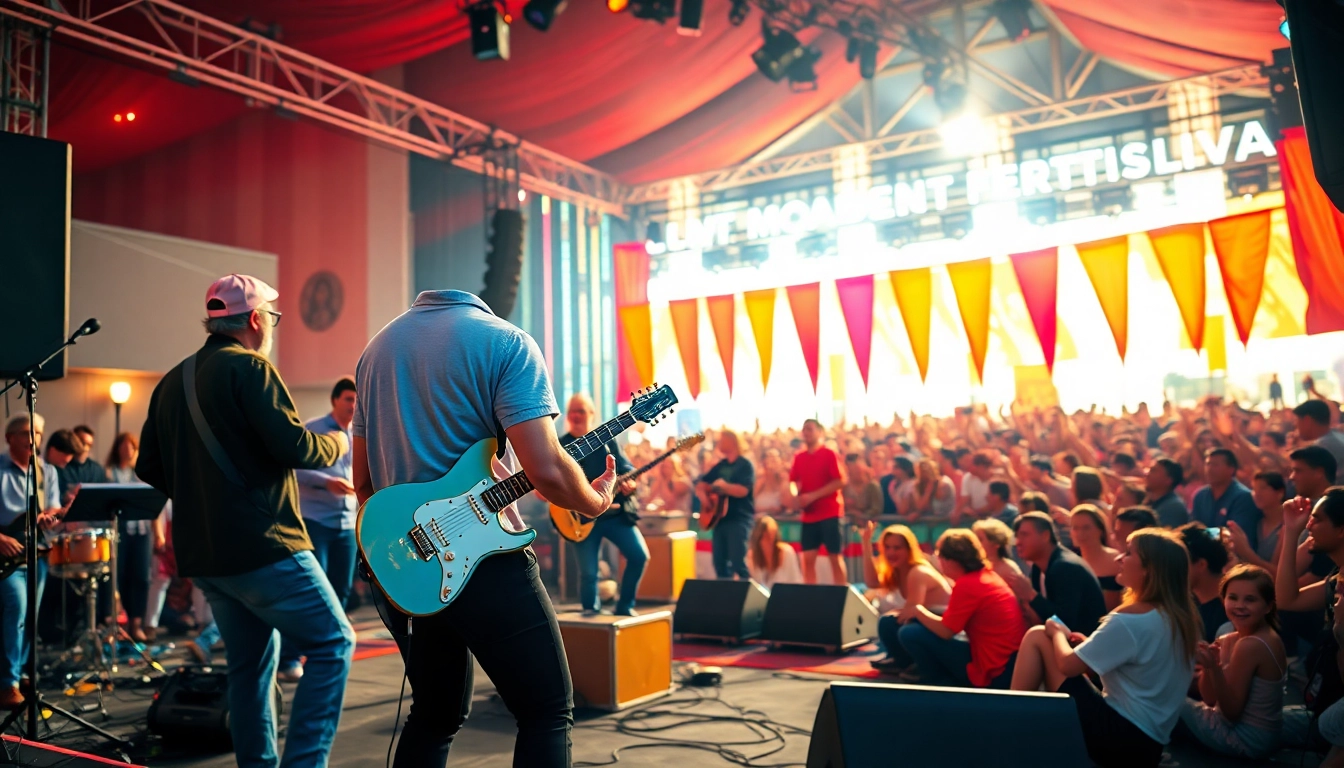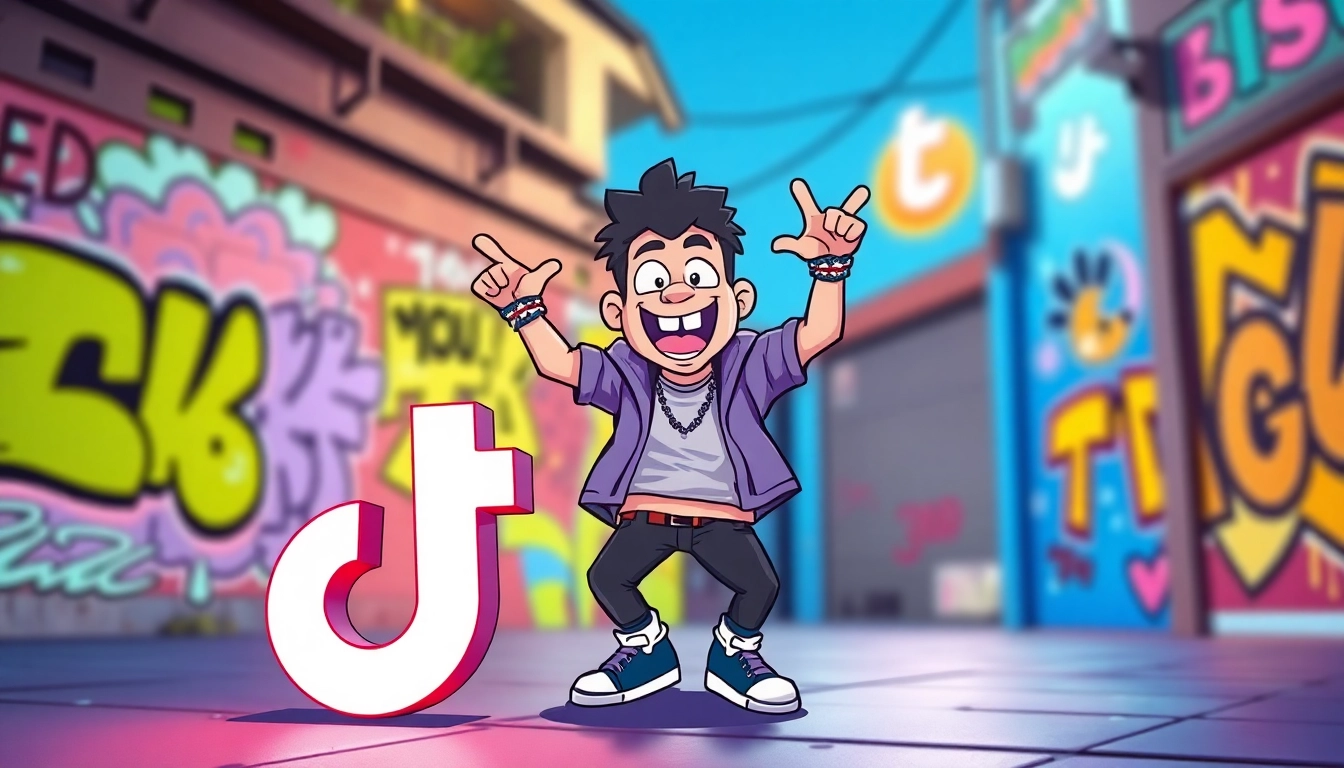Understanding the Essence of Music
Music has been an integral part of human culture for thousands of years, serving as a means of communication, expression, and connection. From the simple melodies of ancient civilizations to the complex compositions of contemporary artists, the evolution of music reflects the diverse experiences and emotions of the human condition. In this exploration, we will delve into the very essence of music, examining its definitions, emotional impacts, and cultural significance across the globe. Music, as many define it, is a universal language that transcends barriers, prompting powerful emotional responses and fostering connections among people. Engaging with a rich tapestry of music, we can appreciate the threads that weave together our shared humanity.
Defining Music: A Universal Language
At its core, music is an art form comprised of sound and silence. With elements such as pitch, rhythm, dynamics, and timbre, music creates structures that can evoke a wide range of emotions and interpretations. Whether a catchy pop tune resonates with a listener’s joyful moments or a haunting symphony captures the depths of sorrow, music’s multifaceted nature allows it to speak to the innermost feelings of individuals. As an influential medium for storytelling, music has the capacity to communicate ideas and experiences across cultural and linguistic divides. This inherent quality of music as a universal language underlines its importance, binding individuals together in a world that is often fragmented.
The Emotional Impact of Music
Music holds remarkable power over our emotions. Scientific studies reveal that music can trigger dopamine release in the brain, enhancing feelings of pleasure, triggering nostalgia, or even helping to alleviate the symptoms of depression. Whether through uplifting melodies or heart-wrenching lyrics, music resonates within us, offering solace and inspiration.
Take, for example, the enduring popular appeal of songs like “Imagine” by John Lennon or “What a Wonderful World” by Louis Armstrong. These tracks utilize harmonies and lyrics that evoke feelings of hope and nostalgia, illustrating how music can both touch individual lives and inspire collective movements towards social change.
Music Across Cultures
Examining music through the lens of diverse cultures unveils a panorama of sounds, instruments, and traditions. Each culture contributes unique musical characteristics that reflect their history, beliefs, and values. From the rich traditions of African drums to the complex structures of Indian classical music, the cultural significance of music cannot be overstated. It serves as a vessel for rituals, celebrations, and communal gatherings, reinforcing social bonds.
Furthermore, globalization has facilitated the diffusion of musical styles, enabling artists to blend traditions and create new genres. The fusion of hip-hop with Latin rhythms, for instance, showcases how cross-cultural collaboration enriches the musical landscape, building connections between disparate communities.
The Creative Process Behind Music
Inspiration Sources for Musicians
In the creative world of music, inspiration can stem from countless sources. Personal experiences, societal changes, emotional states, and even nature can ignite the creative spark. Artists often draw upon their own narratives, exploring themes of love, loss, triumph, and vulnerability. For instance, the poignant storytelling of Taylor Swift resonates with audiences as she infuses her own life experiences into her lyrics, creating a relatable tapestry of emotions.
Moreover, artists frequently look to external stimuli, such as literature, visual arts, and historical events, to inspire their compositions. The intersection of various art forms often yields distinctive and innovative musical outcomes. It is this interplay that makes the creative process both unpredictable and profoundly impactful.
Songwriting Techniques and Styles
Songwriting is a craft that combines artistry with technique. Musicians utilize various approaches to structure their songs, including verse-chorus forms, bridges, and dynamics. The process may begin with a melody, a chord progression, or a lyrical idea that serves as the foundation for development.
Consider the work of iconic songwriters like Paul McCartney or Bob Dylan, who have employed a plethora of styles—from folk to rock to experimental. Understanding different songwriting techniques, such as the use of metaphor in lyrics or the establishment of a strong hook, is essential for aspiring musicians who wish to hone their craft and resonate with listeners.
The Role of Collaboration in Music Creation
Collaboration is a cornerstone of the music industry, bringing together diverse talents to push creative boundaries. The collaborative process allows artists to share ideas, skills, and perspectives, resulting in richer and more varied musical outputs. High-profile partnerships have led to some of the most iconic songs in history; the synergy between musicians often sparks creativity that individual efforts may not achieve alone.
Furthermore, working with producers, sound engineers, and other songwriters opens up avenues for experimentation and innovation. The varied input can lead to the fusion of genres, resulting in novel works that challenge conventional music norms. Embracing collaboration not only fosters creative growth but also builds a supportive community that can propel artists forward in their careers.
Shaping Music’s Landscape: Genres and Trends
Popular Music Genres Explained
The music industry is home to an ever-expanding array of genres, each contributing to its rich tapestry. Popular genres like pop, rock, hip-hop, country, jazz, and electronic dance music (EDM) attract diverse audiences and have unique characteristics that engage listeners in various ways. Each genre carries its own conventions, instrumentation, and cultural backdrops that influence how musicians create and how audiences respond.
For instance, hip-hop, which originated in the Bronx in the 1970s, has become a dominant genre, known for its rhythmic vocal style and association with societal themes like resistance and empowerment. Conversely, genres like classical music emphasize intricate arrangements and structured compositions that evoke deep emotional responses.
The Influence of Technology on Music
Technology has revolutionized the way music is created, produced, and consumed. The development of digital audio workstations (DAWs), online distribution platforms, and advanced recording techniques have empowered musicians to produce high-quality music from their homes. Innovations such as auto-tune, sampling, and synthesized sounds have ushered in new possibilities for sound production.
The rise of streaming services has transformed the consumption of music, impacting how artists reach their audiences. Playlists on platforms like Spotify or Apple Music allow listeners to explore vast libraries of music, promoting both established and emerging artists. This democratization of music distribution provides opportunities for independent musicians to thrive, expanding the diversity of voices in the industry.
Emerging Trends in the Music Industry
The music industry is in a constant state of evolution, with emerging trends reshaping not only how we create and share music but also how we experience it. Currently, trends such as the increasing demand for authenticity, the rise of virtual concerts, and the impact of social media on music marketing reflect the changing landscape.
As artists and fans move towards more personal and transparent interactions, the importance of storytelling and direct engagement grows. Creative formats like livestream performances and behind-the-scenes content help forge deeper connections and provide fans with a sense of community. Additionally, platforms like TikTok have revolutionized how music enters popular culture, efficiently transforming songs into viral moments.
The Community Aspect of Music
Music as a Tool for Social Change
Music has played a pivotal role in driving social change throughout history. Artists have used their platforms to address critical issues, raise awareness, and inspire action. From the civil rights anthems of the 1960s to contemporary protest songs, music often acts as a catalyst for societal transformation.
The ability of music to unite individuals around a common cause is one of its most powerful attributes. It serves as a form of expression that resonates across demographics, prompting listeners to reflect on their values and beliefs. Modern movements, such as Black Lives Matter, have been amplified through music, highlighting the intersection of art and activism.
The Importance of Local Music Scenes
Local music scenes are vital breeding grounds for creativity and cultural exchange. These environments nurture emerging talent and foster connections among artists, fans, and industry professionals. Small venues, local festivals, and community events cultivate a sense of belonging and pride, encouraging collaboration and innovation among musicians.
As community hubs, local scenes also reflect cultural diversity, showcasing unique sounds and styles rooted in their locales. Supporting and participating in these scenes enriches the cultural fabric of communities while empowering artists to share their work with wider audiences.
Building Connections Through Musical Festivals
Musical festivals offer another avenue for connection, bringing together artists and fans in shared experiences. These celebrations not only showcase diverse musical acts but also foster inclusivity and community spirit. Festivals like Coachella, Glastonbury, and local music fairs create environments where people from varied backgrounds converge, united by their love for music.
In addition to the joy of live performances, festivals promote local economies by attracting tourism and providing platforms for local artists to gain exposure. Crafting memorable experiences, these events enhance social bonds and create lasting memories through the shared experience of music.
Evaluating Music’s Impact and Success
Measuring Popularity: Charts and Streams
The success of music is often measured through charts and streaming data that quantify popularity and reach. Platforms like Billboard and music streaming services provide insights into what resonates with listeners. Metrics such as chart positions and the number of streams offer artists valuable feedback and help them gauge audience engagement.
However, it’s important to understand that popularity does not necessarily equate to artistic merit. While charts reflect commercial success, they may not capture the diversity and creativity present in less mainstream productions. As the music landscape becomes increasingly fragmented, artists must balance commercial expectations with their artistic vision.
How Music Shapes Personal and Cultural Identity
Music is deeply interwoven with personal and cultural identities. For individuals, music is often a reflection of their experiences, values, and aspirations. It can serve as anthems for significant life events, provide solace in difficult times, or reinforce one’s cultural roots. For communities, music acts as a mirror that reflects collective identity and shared experiences.
The interplay between music, identity, and culture fosters a sense of belonging. An artist’s ability to authentically express their story can resonate with listeners who share similar backgrounds or experiences, strengthening community ties and cultural pride.
The Future of Music: Trends and Predictions
The future of music is rife with possibilities, shaped by technological advancements, changes in consumer behavior, and artistic innovation. The continued rise of AI in music production, immersive experiences like virtual reality concerts, and the importance of social issues in lyrical content are likely to define the next wave of musical evolution.
As artists navigate these changes, the focus on authenticity and connection will remain crucial. The industry will continue to witness collaborations that break down barriers and new forms of expression that challenge traditional norms. Ultimately, the future of music will rely on its ability to resonate emotionally and foster connections in an ever-changing world.



